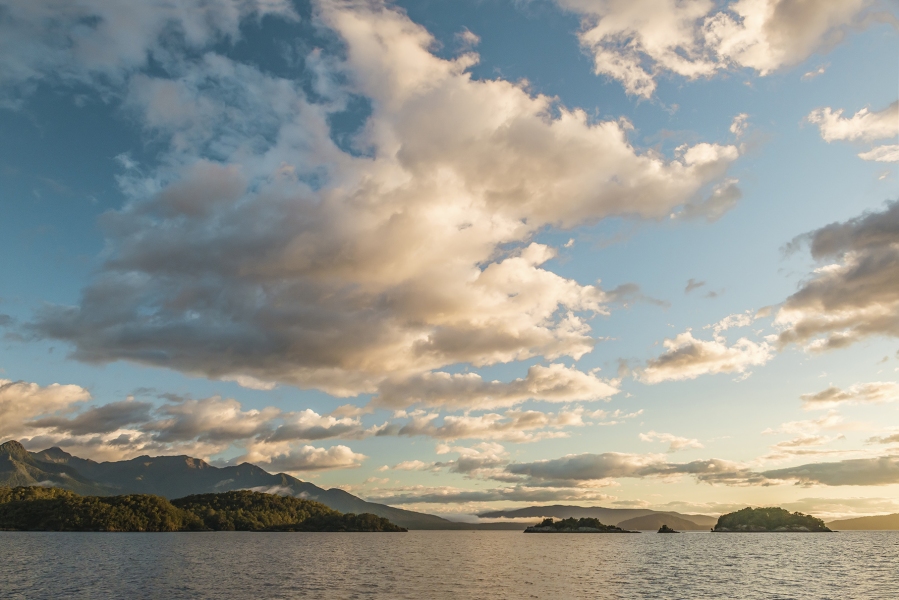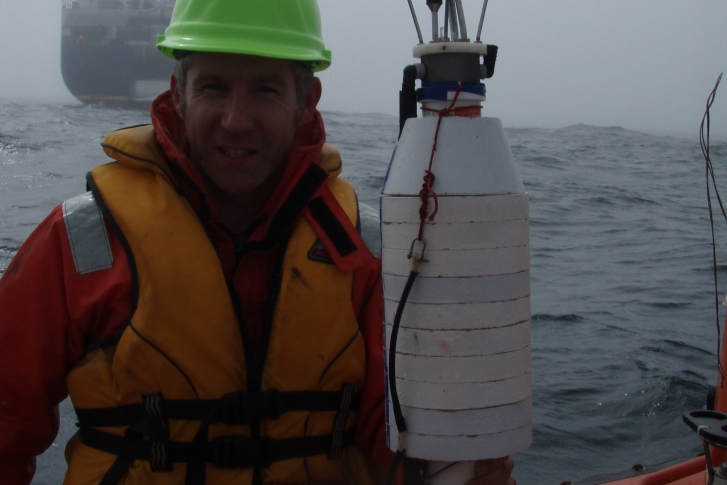Scientists are taking some high-tech equipment to Fiordland next week to find out more about what happens when a river meets the ocean.
The Manapouri tail race in Doubtful Sound will act as a natural laboratory for NIWA marine scientist Dr Craig Stevens, PhD student Rebecca McPherson from the University of Auckland, and scientists from Oregon State University and Scripps Institution of Oceanography in the US as they examine what’s going on as the two waters meet and mingle.
“You fly around New Zealand and see these river plumes flowing into the ocean. They contain things like sediments and run-off from agricultural practices or roads but when you look at it from the air you have no idea how thick it is or what is really going on,” Dr Stevens says.
“In fact the plumes are often only about a metre thick and dropping material at different rates depending on the speed it comes out and how mixed up it is.”
“As a plume flows into the coastal ocean we are looking at how energy and material is transformed.”
The measurements are difficult to obtain because the water surface is constantly changing. “In lots of ways it is much easier to measure something one kilometre down in the ocean than one metre down”.
The team will use turbulence profilers which Dr Stevens describes as “mini torpedos” that shoot upwards taking measurements every couple of millimetres. They will also use a two metre-long mini research vessel, designed to operate in this environment.
The research will improve understanding about how material that flows off the land ends up in the ocean. That understanding will also result in better predictive tools to manage the ultimate fate of run-off.
“Rivers drop sediment that will smother stuff that’s on the bottom or stop light penetrating the water column. Also if there’s excess nutrients that can result in excess growth of algae and that also changes the light and the ecosystem. You want to know where they are going to end up and how concentrated they are.”
Dr Stevens says, for a predictive tool like a computer model to work properly, it needs to be based around reliable measurements. The fiords provide a perfect “natural laboratory” where results can be used to understand how river flows into the ocean works throughout New Zealand. “At the same time we will learn more about the fjord systems which have not really been strongly explored from a physical perspective.”
“These sorts of detailed measurements is what NIWA excels at. If you going to build a tool or model, you need to do your best to understand if it’s even close to being right. We are making it possible for those tools to be better.”
The work is funded by the Marsden Fund and the team will be in Doubtful Sound for two weeks.


